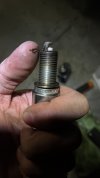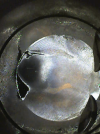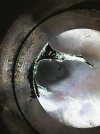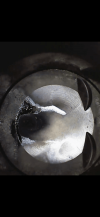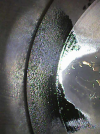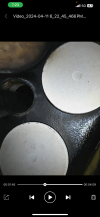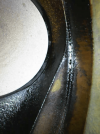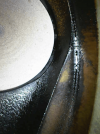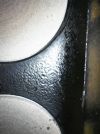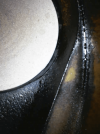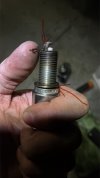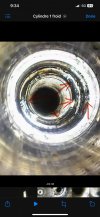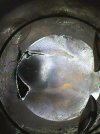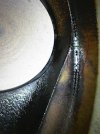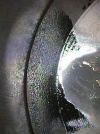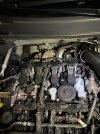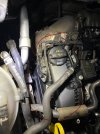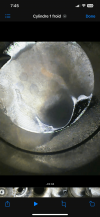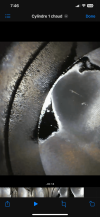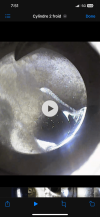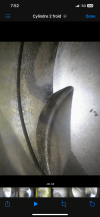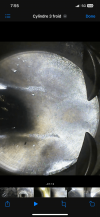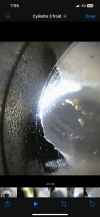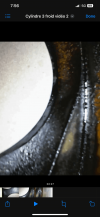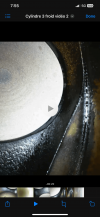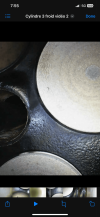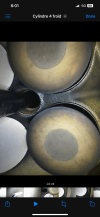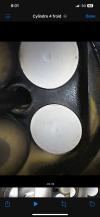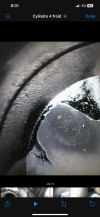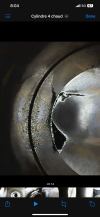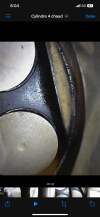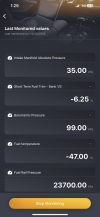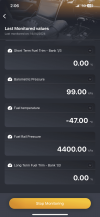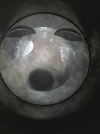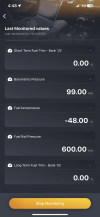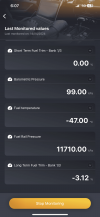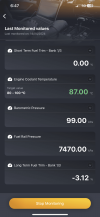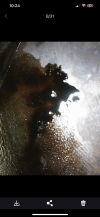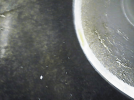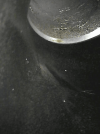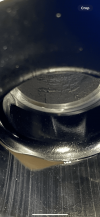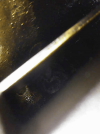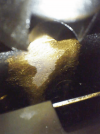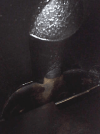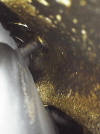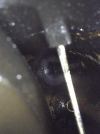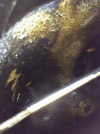So I tried to monitor fuel rail pressure today.
Don’t know what are the target values for my engine but wanted to check if the pressure does rise after engine stopped and ignition on (temperature must more than double the pressure if not rising it could mean there is a leak).
I’ve first monitored the pressure while driving, nothing really surprising (even if I’m no expert in the matter). Pressure did reach 237 bars when idling at a red light.
View attachment 41884
When back at home I’ve let the car idle the car for a while and pressure was going high around 120-140 bars and then I heard some kind of release valve opened and pressure was released, went back to 44 bars.
View attachment 41885
2h later I decided to check the spark plugs for petrol smell. They were dry and no strong smell on any cylinders.
I put back the cam in the cylinders and.. surprise bone dry ! No more black liquid on piston heads.
And I had no smoke when starting it up. I usually do have smoke after 2h sitting.
I tried to check fuel pressure with sparks and coils out, was steady 6 bars.
View attachment 41886
View attachment 41887
View attachment 41888
View attachment 41889
View attachment 41890
Did another drive to get the car to working temperature and monitor the fuel pressure again :
When I stopped the car the pressure was around 56 bars.
Pressure went up after stopping with the heat and reached 11700kpa within 20min after stop
View attachment 41891
With a top at 11720kpa around 22min.
It started to slowly go down after 25min.
After 30min 11330kpa.
View attachment 41892
After 1 hour 7470kpa
View attachment 41893
Started it up and had smoke.
I noticed that when I let it idle for long enough pressure is steady around 44 bars.
Meaning while cooling down the pressure will reach around 90 bars top.
But if I stop the car too soon the pressure will be higher and then will go higher when cooling.
=> might have a really small leak at high pressure level explaining why I didn’t have smoke after 2h sitting but starting with a steady 4400kpa but I did have some after one hour with a starting pressure around 50-60 bars ?
I will drive the car and park it while pressure is not back to 44bars and take off the plugs during cool down when pressure is around 90-100-110 bars to make sure.
I’m running out of explanations.
Small note :
I had a resonator delete on the car. Which I took off Thursday night. I went for a compression test Friday morning and had smoke at startup afterwards. The same day did not notice any smoke after a long drive and 7h stop. The next day I also had smoke after a 1h stop.
Today after 2h sitting no smoke and cylinders dry. Second try one hour after a drive : I had smoke
Does a resonator delete can be related in anyway ? If it does how ? (Counter pressure ? Condensation? Exhaust gas flow ?)
The fact that I still have smoke without it let me think it is not related but who knows. Might be related to the black liquid deposit found in the cylinders..
Also I’ve put injector cleaner in the tank I’ve finished this morning. So filled up the tank again this morning. The black liquid deposit I’ve found into the cylinders might been related to this cleaner ? Now that I don’t have cleaner in fuel anymore it might have gone and fuel might leave no trace ?


